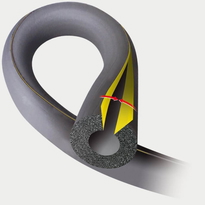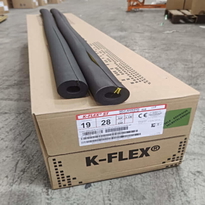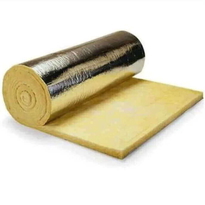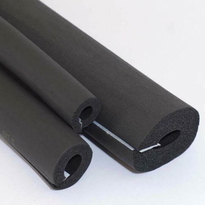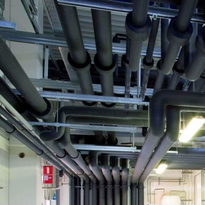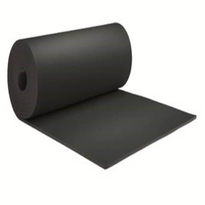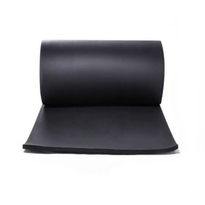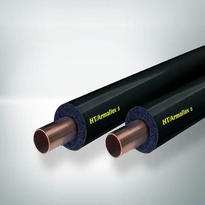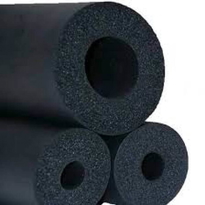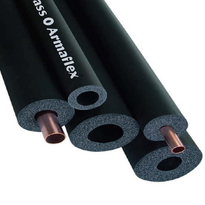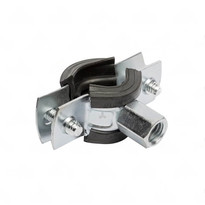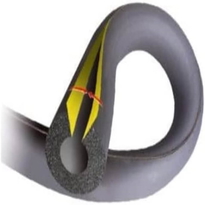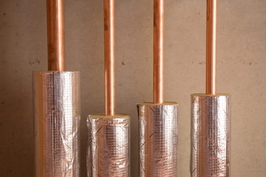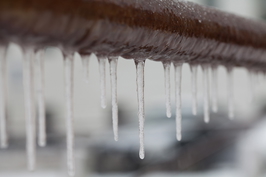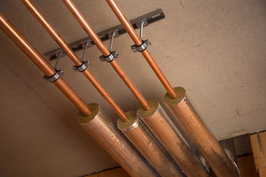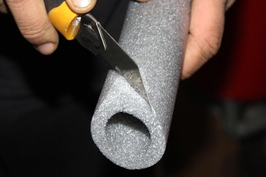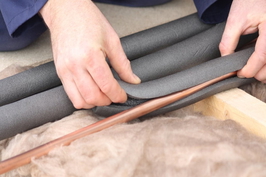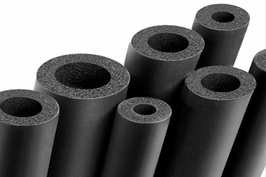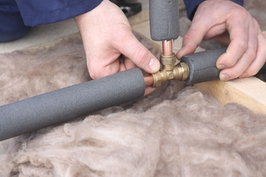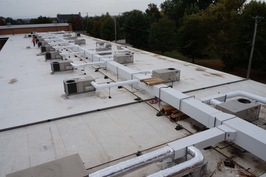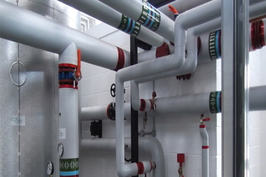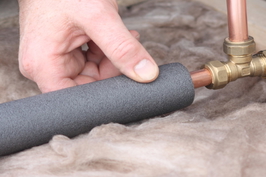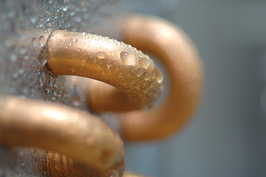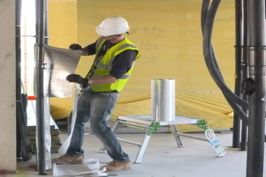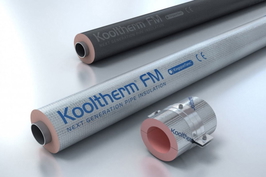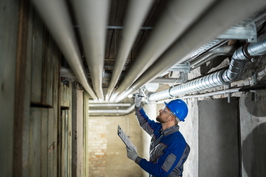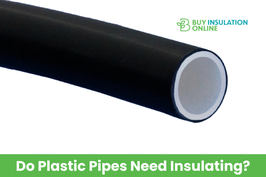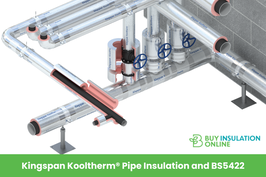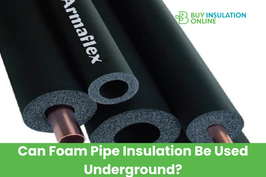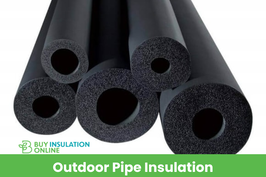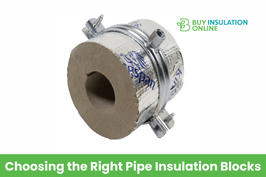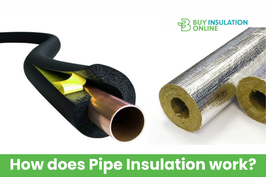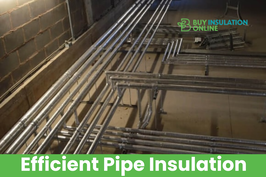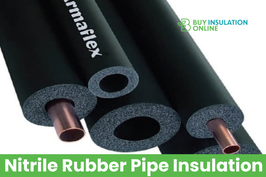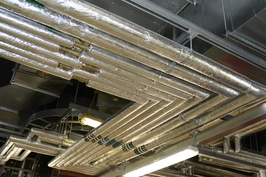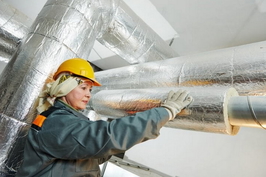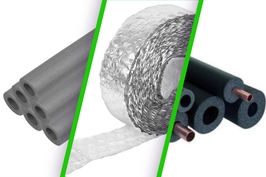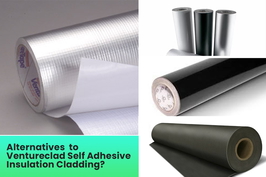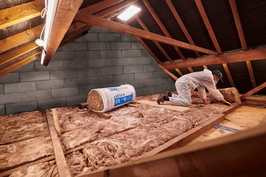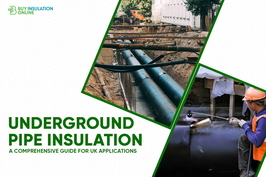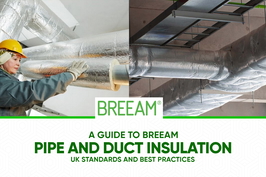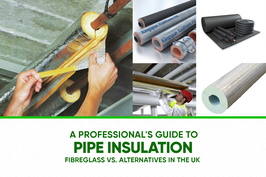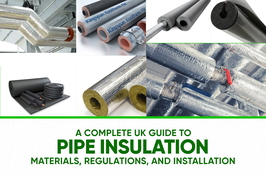Foil Lagging
Foil lagging is a type of insulation material that combines reflective foil with thermal and acoustic insulation properties. It is specifically designed to reduce heat loss, control noise, and protect against environmental factors such as moisture and weather. Typically made from aluminium foil, it is commonly utilised to insulate pipes, ducts, and tanks in industrial and commercial settings.
Understanding the materials, applications, and installation techniques associated with foil lagging can help one maximise its benefits and ensure long-lasting performance. By following proper installation guidelines and considering the specific needs of your project, you can optimise the use of foil lagging effectively, enhancing energy efficiency and comfort in your environment.
Investing in quality foil lagging not only contributes to better insulation but also plays a role in reducing energy costs and improving overall sustainability.
What Is Foil Lagging and Its Core Functions
Foil lagging is a protective layer crafted from thin metal foil, typically aluminium, which is applied over insulation materials on pipes, tanks, or equipment. Its primary function is to safeguard the insulation from damage resulting from weather conditions, impact, and mechanical stress. The reflective surface of the foil plays a significant role in enhancing energy efficiency by minimising heat transfer through radiant heat reflection. Additionally, foil lagging serves as a vapour barrier, effectively preventing moisture from penetrating the insulation, which can lead to deterioration and corrosion over time. Foil lagging is widely used in industrial and commercial applications where durability and energy savings are important. By maintaining consistent temperature levels within pipes and equipment, foil lagging contributes to reduced energy consumption. Furthermore, it protects the insulation from environmental elements and physical harm, ultimately prolonging the lifespan of the system while upholding safety and performance standards.
Common Materials and Construction Techniques
Various materials are utilised in foil lagging systems to deliver effective thermal and moisture protection. These materials differ in composition and function, allowing for adaptable solutions tailored to specific requirements. The selection of foil lagging material depends on factors such as temperature range, environmental exposure, and cost considerations.
Aluminium foil is the most prevalent choice due to its exceptional reflective properties, lightweight nature, and capabilities as a vapour barrier. It's often employed as a radiant barrier or as facing for insulation boards.
Reflective foil laminates (RFL) merge foil with plastics or paper, resulting in multi-layer sheets that enhance radiant heat reflection and moisture resistance.
Foil-faced insulation panels, such as polyurethane or polystyrene, incorporate foil layers, providing both insulation and moisture control. This makes them particularly suitable for structural applications.
Construction techniques generally involve support systems like H-bar frames, pre-fabricated panels, or direct attachment methods, which enhance durability and simplify installation.
Applications in Industrial and Commercial Settings
Foil lagging is extensively employed in industrial and commercial environments for insulating pipes, ducts, and equipment, effectively minimising heat loss and preventing condensation. This insulation material also plays a crucial role in noise control from HVAC systems and machinery, contributing to quieter workspaces. Effective noise reduction for industrial environments Moreover, the robust nature of foil lagging offers protection to equipment in challenging conditions and promotes energy efficiency across a variety of applications.
Pipe and Duct Insulation
Pipe and duct insulation is essential for enhancing energy efficiency and safety in both industrial and commercial settings.
Foil lagging provides numerous advantages:
It serves as a vapour barrier, effectively preventing condensation that can lead to corrosion and mould growth.
The reflective aluminium foil outer layer minimises heat loss or gain, thus improving energy efficiency.
Its robust, flame-retardant construction offers resilience against weather and mechanical damage, while also adhering to safety standards.
This type of insulation is instrumental in maintaining stable temperatures in hot water pipes and chilled water ducts, which contributes to reduced energy consumption in HVAC systems.
Foil lagging is widely utilised in commercial environments such as offices and warehouses, as well as in industrial facilities like factories and power plants.
With straightforward installation and the added benefit of sound insulation, foil lagging enhances both energy savings and safety across a variety of building types.
HVAC Noise Control
Controlling noise in HVAC systems is vital for ensuring comfortable and safe indoor environments across both industrial and commercial settings. Foil lagging provides effective noise reduction through its blend of sound-absorbing and sound-reflecting materials. The mass loaded vinyl barrier enhances density to block noise, while the quilted fibreglass decoupler establishes airspaces that effectively absorb low-frequency sounds. Its reinforced foil exterior reflects sound waves, thereby boosting overall performance. Sound seal acoustical pipe and duct lagging also contributes to enhancing soundproofing and thermal insulation in complex systems. Proper installation is straightforward, with options suitable for both indoor and outdoor applications. The materials can be securely wrapped around ductwork or pipes, ensuring comprehensive coverage. Below are key benefits of this noise control solution:
Feature |
Benefits |
Application Examples |
| Mass loaded vinyl | Mitigates vibration and reduces noise breakout | Ducts, pipes, fan housings |
| Quilted fibreglass decoupler | Absorbs low-frequency noise | Commercial and industrial HVAC systems |
| Foil exterior | Reflects sound waves and offers durability outdoors | Outdoor ducting, outdoor equipment |
| Easy installation | Saves time and guarantees seamless coverage | All HVAC applications |
| Sound transmission ratings | Indicates moderate to high noise reduction | Industrial and commercial environments |
Industrial Equipment Protection
Industrial equipment often operates under demanding conditions where noise and energy loss can significantly impact safety, efficiency, and environmental standards.
Foil lagging plays a crucial role in safeguarding this equipment in several ways. It effectively wraps pipes that carry steam, hydraulic fluids, or wastewater, thereby reducing heat loss and noise transmission. This not only helps conserve energy but also contributes to a quieter working environment. Thermal insulation additionally helps maintain optimal temperature levels in piping systems, further improving operational efficiency.
Additionally, foil lagging insulates and dampens sound from ducts, valves, and fans, preventing noise pollution and ensuring safer, more comfortable workplaces.
Moreover, it protects equipment from fibre erosion and moisture, ultimately extending durability, especially in harsh environments with high temperatures.
This versatile material not only enhances operational efficiency but also supports compliance with safety regulations, making it essential in both industrial and commercial settings.
Acoustic and Thermal Performance Benefits
Foil lagging provides substantial advantages for both acoustic and thermal performance. By incorporating a mass-loaded noise barrier with sound absorption layers, it effectively reduces noise transmission through pipes, ducts, valves, and fan housings. Manufactured to meet industry standards, the materials used in foil lagging such as loaded vinyl and mineral wool are particularly effective in diminishing sound levels, thereby fostering quieter environments in industrial and commercial settings. The density and thickness of lagging materials, including mineral wool, play a crucial role in enhancing noise reduction, with products designed for optimal sound containment achieving impressive results. Furthermore, foil lagging excels in thermal insulation by reflecting heat and preventing thermal bridging. With its robust reinforced foil exterior, foil lagging is resilient against various environmental factors, making it suitable for both indoor and outdoor applications. This aids in reducing heat loss and enhances energy efficiency, all while contributing to a more comfortable and connected space.
Installation Tips and Best Practices
Proper installation practices are essential for ensuring that foil lagging performs effectively.
First, assess the insulation area thoroughly, checking the size and pattern of stiffeners to guarantee an even fit and flow. Proper measurement prevents waste and ensures continuous coverage. Next, prepare the site by removing debris and any old insulation. It’s important to ensure that the framing is dry, sound, and correctly spaced—typically at standard centres. Planning the layout carefully to minimise joints, aiming to utilise maximum board lengths or continuous sheets for better coverage. When cutting, use appropriate tools such as scissors, knives, or saws, and ensure that pieces fit snugly without damage. Overlap layers adequately, and seal all joints with high-quality foil tape. Fix the foil securely using staples or screws, and inspect for any gaps or uneven surfaces to prevent leaks and moisture issues. Additionally, using the proper fixing technique is crucial to uphold the insulation's integrity and performance over time.
Differentiating Between Lagging and Jacketing
While the terms lagging and jacketing are sometimes used interchangeably, they serve different functions and possess distinct characteristics.
Lagging refers to the insulation material applied to curved or cylindrical surfaces, such as pipes and ducts, to minimise heat loss and enhance energy efficiency. It's typically thicker and constructed from heavier gauge metals like steel or aluminium. Lagging ensures thermal protection and improves the overall performance of insulation systems.
Jacketing, in contrast, is the protective outer layer placed over insulation, made from lighter metals like aluminium or steel. This layer shields the insulation from environmental elements, physical damage, and moisture.
Ultimately, while lagging provides both thermal and mechanical protection for larger surfaces, jacketing primarily offers environmental resistance, particularly over pipes and smaller equipment.
Benefits of Using Foil Lagging for Insulation
Using foil lagging provides several significant benefits for insulation.
Firstly, it greatly enhances energy efficiency by reflecting a substantial amount of radiant heat, which reduces heat transfer and subsequently lowers energy bills. It can reflect up to 97% of radiant heat, according to the U.S. Department of Energy.
Secondly, it helps control moisture and prevents mould by resisting water penetration while allowing vapour to escape, thus protecting building materials.
Thirdly, foil lagging improves thermal comfort by maintaining consistent indoor temperatures, preventing drafts, and blocking both heat gain and loss.
These advantages make foil lagging a practical choice for those seeking a cosy, energy-efficient home or workplace.
Whether it’s minimising heating and cooling demands, preventing moisture-related damage, or enhancing occupant comfort, foil lagging stands out as a valuable and cost-effective insulation solution for buildings.
Maintenance and Long-term Durability
Regular maintenance is essential to ensure that foil lagging remains effective over time. Consistent inspections help identify cracks, tears, or damage to prevent insulation failure and maintain thermal efficiency.
Visual checks ensure the lagging is installed correctly, with appropriate slopes to avoid water pooling, and that foil layers are intact. Monitoring for crinkling or issues with the foil indicates possible installation problems or materials wearing down.
Regular surface inspections can also detect corrosion risks caused by condensation on pipes. Employing high-quality materials, such as mineral wool or elastomeric foam, contributes to improved durability.
Proper support, sealing joints, and eliminating voids also extend the lifespan of foil lagging. Scheduled cleaning, resealing seams, and timely repairs are vital for long-term performance, ensuring that the insulation continues to provide effective protection against environmental and operational stresses.
Conclusion
Foil lagging is a versatile insulation material that enhances thermal and acoustic performance across a range of applications. Its robust construction and straightforward installation make it a preferred choice for both industrial and commercial environments.
Regular maintenance is essential to ensure its long-lasting effectiveness, while understanding the distinctions between lagging and jacketing assists in making informed decisions about insulation solutions. Overall, foil lagging provides reliable insulation advantages, making it a practical option for numerous projects.












